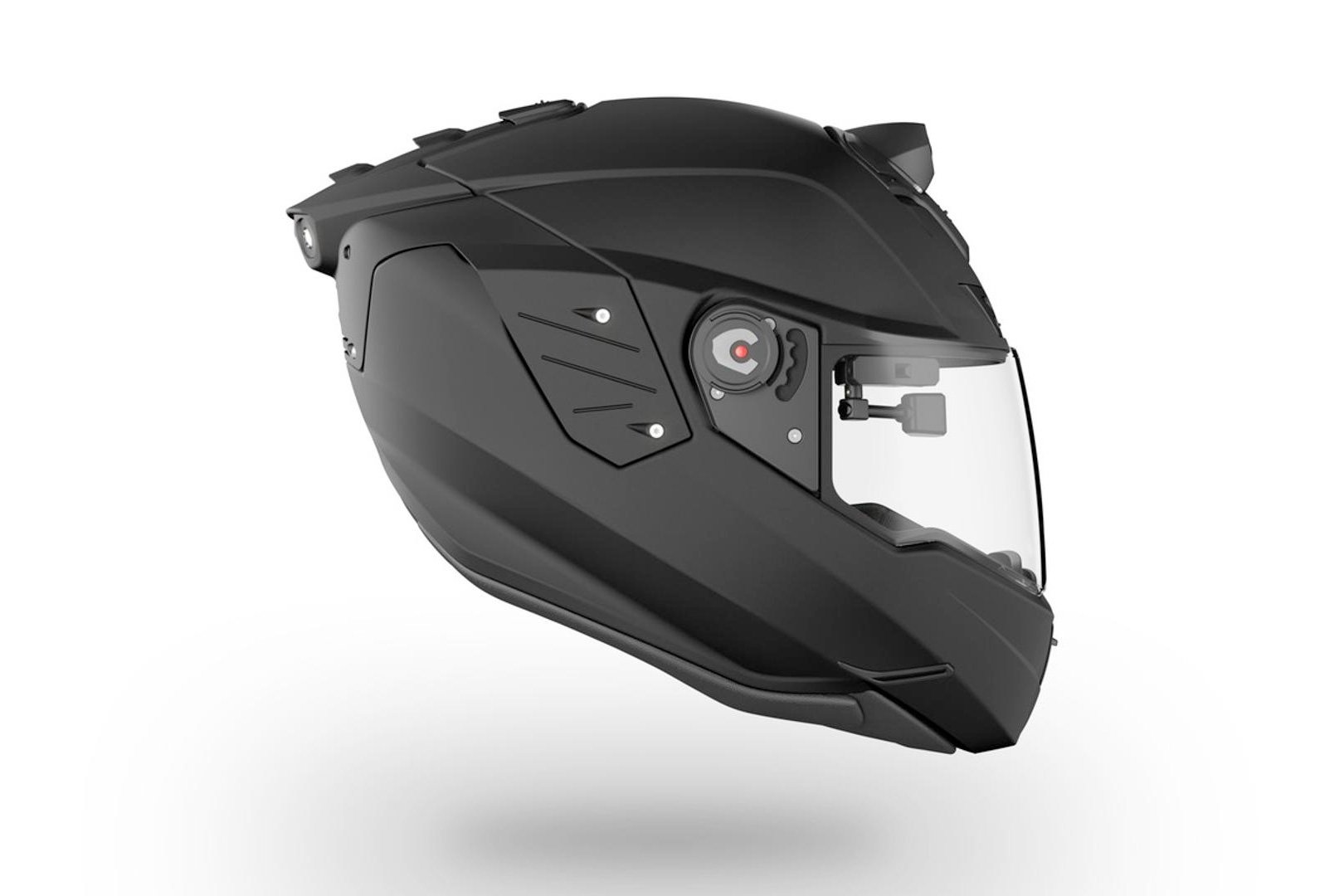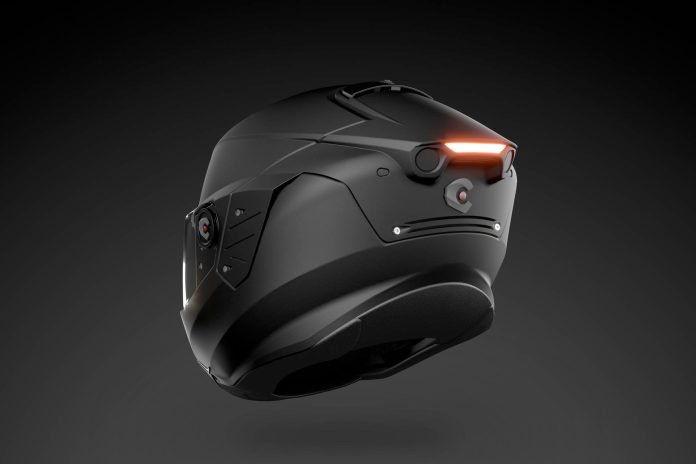Artificial intelligence continues to expand into new areas, and now, it’s making its way into motorcycle helmets. Intelligent Cranium Helmets (ICH), a Virginia-based company, has launched its long-awaited iC-R series—smart helmets designed to improve rider safety by eliminating blind spots, providing real-time alerts, and enhancing communication on the road.
A long journey to production
The iC-R isn’t just a concept; it’s a product that has been years in the making. ICH first revealed its design back in 2015, aiming to develop a high-tech helmet that prioritizes rider safety through AI integration. After years of development, the company showcased the final retail-ready versions at CES 2025, drawing significant attention from motorcycle enthusiasts.
The idea behind the helmet stems from personal observation. “While driving to work one day, I noticed a number of motorcyclists traveling in the same direction I was,” explains ICH CEO and co-founder, Ambrose Dodson. “I observed the motorcyclists repeatedly turning their heads whenever they needed to change lanes, and I said to myself – there has to be a safer way for these riders to ride.”
This safety-first approach led to the development of a helmet with built-in cameras, AI-driven warnings, and hands-free communication—all designed to reduce risks on the road.
Expanding visibility with built-in cameras
One of the key highlights of the iC-R helmet is its ability to eliminate blind spots. Equipped with dual rear cameras, the helmet provides riders with a 240-degree field of view. Additionally, a front-facing 1080p camera extends the total coverage to 300 degrees, reducing the need for frequent head checks while riding.

This setup allows riders to monitor their surroundings in real-time without taking their eyes off the road. Unlike traditional helmet-mounted mirrors or add-on camera systems, the iC-R integrates these features directly, offering a seamless experience.
Safety features: crash detection and proximity alerts
Beyond visibility, the iC-R is packed with features designed to improve rider safety. One such feature is its AI-powered proximity warning system. Similar to collision detection systems found in modern vehicles, the helmet alerts riders when they’re drifting too close to another vehicle, helping to prevent side-impact collisions.
In the event of an accident, the helmet’s crash detection system can automatically notify emergency services. If a rider remains immobile for more than 15 seconds after an impact, the helmet will call 911, potentially speeding up response times in critical situations.
Heads-up display for essential information
Another key component of the iC-R is its heads-up display (HUD), which allows riders to access essential information without taking their eyes off the road. The HUD projects data such as speed, navigation cues, and incoming messages directly onto the visor.
This feature is particularly useful for long-distance riders who rely on GPS navigation, as it eliminates the need to glance down at a separate device. However, some riders may have concerns about distraction, as any additional visual input could take attention away from the road.

Hands-free communication and recording capabilities
The iC-R also introduces several connectivity features to enhance communication among riders. It offers three modes of communication:
Duplex Bluetooth Mesh – Standard Bluetooth-based group communication.
Unlimited Range Mobile Network – Enables real-time communication for up to 15 riders, regardless of distance.
Wireless PTT (Push-to-Talk) Intercom – Provides a simple, hands-free way to stay connected with fellow riders.
For those who enjoy documenting their rides, the helmet doubles as an action camera. A simple voice command, such as “Hey, record my ride,” activates both the front and rear cameras, capturing the journey without requiring any additional equipment.
This feature eliminates the need for external action cameras like the GoPro HERO 13 Black or DJI Action 5 Pro. While other smart helmets, such as the Sena 50C, offer built-in cameras, the iC-R provides a wider field of view and integrates additional AI-driven functions.
Battery life and weight considerations
With all of these features, one might expect the iC-R to have limited battery life. However, ICH claims a battery runtime of 5 to 7 hours, which should be sufficient for most riders.
Battery size does affect the helmet’s weight, but ICH has managed to keep it reasonable. “Our helmet with all tech is currently 3.77lbs (1.71 kg),” says Dodson. “And we are moving to a much lower capacity (~1800-2500mAh), reducing the helmet down to 3.68 lbs (1.67 kg), which is only .06 lbs (27 g) above comparable helmets such as the Shoei RF1400 (given our helmets are able to be charged while riding).”
For comparison, the Shoei RF1400, a well-known full-face helmet, weighs slightly less but does not include any of the AI-driven features found in the iC-R.
Certification and safety compliance
Despite its high-tech nature, the iC-R is still a safety-first product. The helmet has already received DOT certification, with Snell and ECE testing underway. These certifications ensure that the helmet meets impact resistance and durability standards required for road use.
For riders who prioritize safety, it’s reassuring to know that the iC-R is being evaluated alongside well-established brands like Arai, Klim, and Shoei.
Pricing and model options
The iC-R is available in four different models, each catering to different rider needs. Pricing varies depending on the features included:
iC-Re (Economy Edition): $650
iC-R (Rider Edition): $1,165
iC-Rs (Sport Edition): $1,675
iC-Rs+ (Sport Plus Edition): $1,850
Compared to traditional premium helmets like the Shoei Neotec 3 ($899), the iC-R is priced higher, but it consolidates multiple safety and communication features that would otherwise require separate purchases. Riders looking for a helmet with built-in cameras, AI alerts, and hands-free connectivity may find the added cost worthwhile.
Source: Intelligent Cranium Helmets



